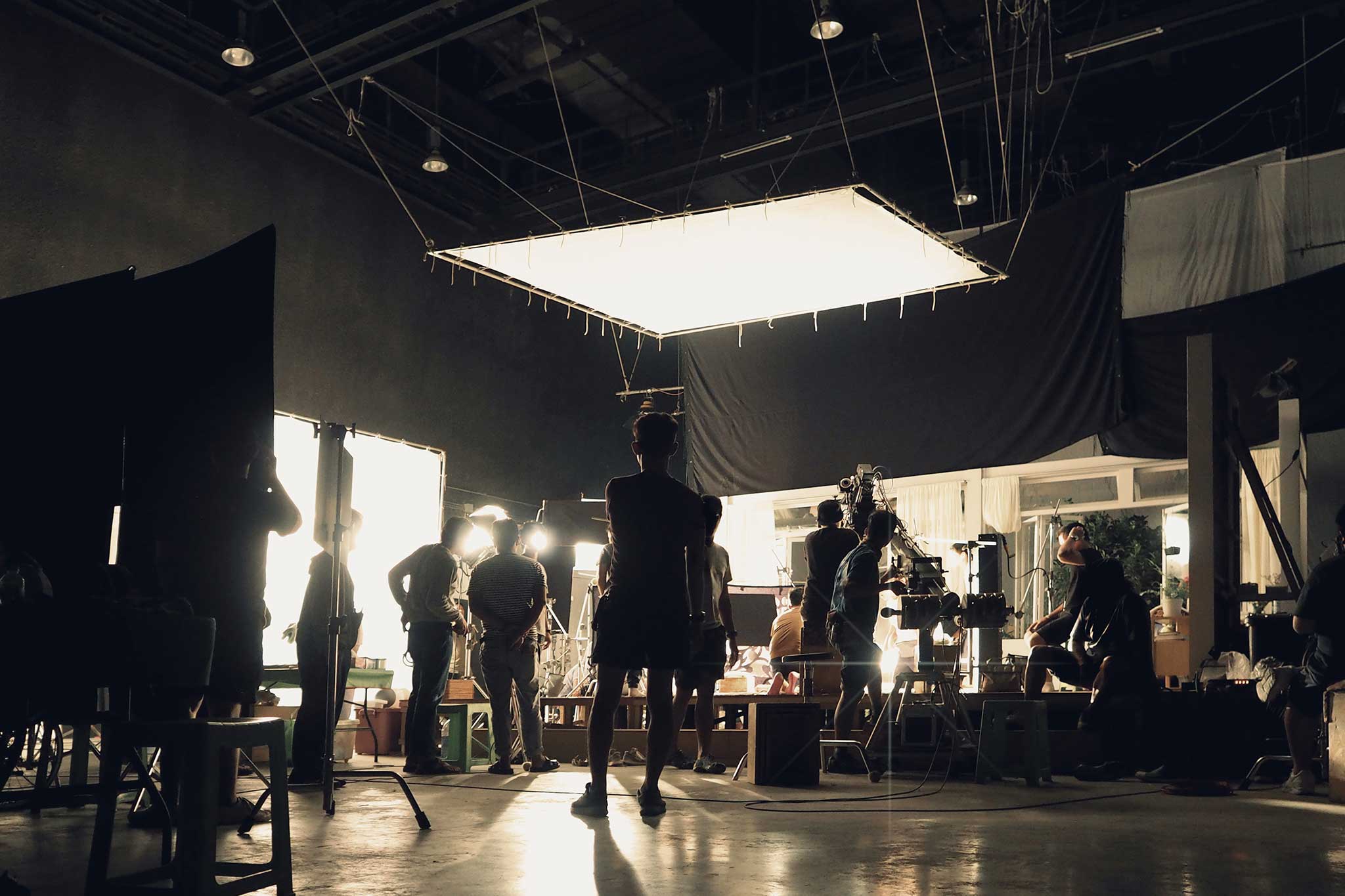Video production has become a critical element of successful a marketing campaign. By 2020 over 80% of all internet traffic is expected to be video content. The numbers are expected to go even higher and with such trends, it’s important for companies both large and small to create premium, commercial grade video.
Statistically, companies that employ video production in their marketing activities grow their annual revenue 49 percent faster than those that don’t. That’s amazing, isn’t it?
What is video Production?
In brief, great videos are an expression of thoughts and emotions. Their visual effects and narrative should captivate viewers’ and keeps them engaged. This sounds easy, but there are a lot of steps to follow to get it right, from concept through to broadcast.
The process of video production is capturing images and sound to tell a story. It falls into three distinct phases: pre-production, production, and post-production. A clear understanding of these three phases is essential in creating any type of premium video content.
Pre-Production
Pre-production involves developing your ideas and planning. If you want to ensure that your video is a success, this stage can be one of the most crucial phases. It involves research, preparation, scheduling, budget forecasting and engagement projections.
To highlight a few of the necessary steps involved, here are six key tasks that you should contain in your pre-production phase:
- Identify the goals of the video: You need to clearly state your reason for making the video to have a better understanding of how to execute it. For example what do you want your audience to do after watching your video? They could buy something, get in contact, share the video or simply remember your brand.
- What’s the budget? After outlining the goal, for a high-end project, your budget will likely incorporate the very best in video production. This could mean hiring a reputable production company such as Blend, or investing in quality video equipment for an in-house project. Your production costs and budget should relate to the return on investment you expect, sometimes this might not just be a financial return.
- What’s the script? Have an original storyline that is direct and to the point. Video production costs money, and audience’s attention span are limited. Create a storyboard and shot list that acknowledges these facts, both will save production time and help you during the production phase.
- Project timeframe and schedule: Clearly state the timeline of each activity. Just like any project, effective planning and management helps you to deliver the video on time and to budget.
- Equipment and people: For high-end video production, it is wise to invest in the best equipment and employ the most talented team to avoid failure. This may sound obvious, but in our experience it can make a massive difference.
- Scouting your locations: Once you have completed steps one to five you should have an idea of the locations you need in your video to wow your audience. This can include booking studio time or ensuring that you have access and legal right to film at your desired locations. Don’t forget, filming in public places comes with its own very distinct challenges.
Production
Production is when all the ‘action’ occurs. It involves everything that you planned in phase one coming together. Depending on the scale of your project it can contain many different elements, from setting up lighting, recording voice-overs, providing makeup and costumes and much more. With a professional production crew on set, they will be very used to the filming and audio process, directing the cast and capturing video from multiple camera angles.
Post-Production
Post-production entails everything after the shoot. Your editing team reviews the video and audio footage, while trying to realign everything according to the script and storyboard. At this juncture is where color grading, motion graphics, music and visual effects are added to the footage.
It is critical to make the first few seconds count in your video, especially if your video is being broadcast online only. YouTube viewers for example decide very quickly to skip or watch a video.
Conclusion
Producing professional commercial grade videos takes an experienced team, solid pre-production plans, excellent project management skills, and a quality assurance process. When all of these elements work in harmony it usually generates a video that matches or exceeds your expectations. Get in touch with us if you would like to discuss your video production requirements, or take a look at some of our previous work to get an idea of how we approach video production.
